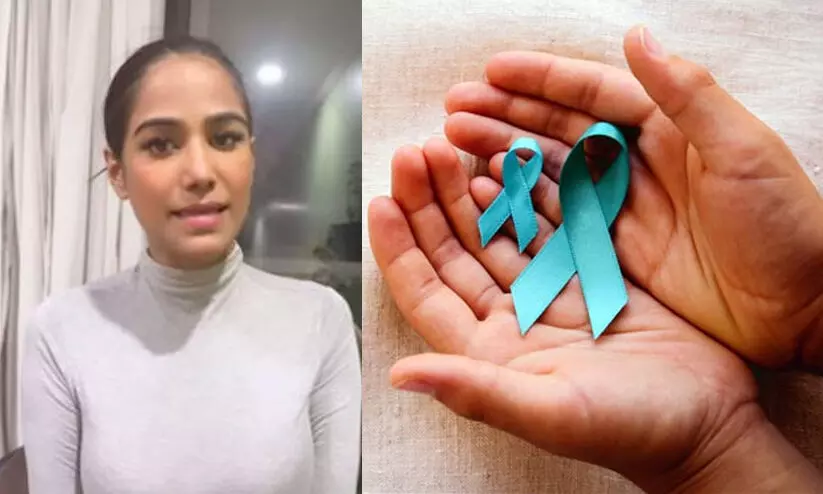
Did Poonam Pandey and the campaign eventually achieve its objective?
20 Feb 2024, By Deya Bhattacharya
By now, everyone knows that Poonam Pandey isn’t actually dead, although in the eyes of many her career might well be over. After the revelation that she faked her death to promote awareness about cervical cancer, backlash has been intense and vitriolic, and the All India Cine Workers’ Association is pushing for an FIR against her pursuit of “cheap publicity”. Now that the initial reaction has quietened a bit, it’s a good time for PR professionals to take a closer look at the incident and ask themselves – was it truly the unmitigated disaster it’s been depicted as?
The facts:
Poonam Pandey’s Instagram account shared a post saying that she had passed at cervical cancer and requesting privacy from her family at this difficult time. There was the usual inflow of shock and condolences, with many expressing how tragic the death was at such a young age. Others, however, expressed skepticism, as she had been seen at a party just a few days ago in apparent good health. And then two days after the post, another post followed where she said she was in fact alive, and the objective had been to make her followers aware that cervical cancer could claim women at early ages and that they should get regular checkups so they wouldn’t be victims.
The response:
People, understandably, were outraged. Many criticised Poonam Pandey for making a mockery of a serious issue like cervical cancer, and opined that the end result was more about the publicity stunt and less about the actual topic of cervical cancer awareness. Many decried the campaign for being in poor taste, as death is something that ideally shouldn’t be mocked or faked. In the media and journalism community, there was harsh criticism of her media agency Schbang for injecting cheap shock value into what should be a serious conversation about women’s health. The consensus was that there were far better ways of spreading awareness, and possibly far better spokespeople to spread the word.
Our take:
As PR professionals, we certainly wouldn’t encourage this approach ourselves. We believe that compelling stories can be told without resorting to shock value, and we would very strongly reconsider any campaign that involves faking death or any other trauma.
At the same time, we have to acknowledge that the incident – however poorly conceived – did undoubtedly restart the conversation about cervical cancer. Many influencers and experts have taken to sharing genuine facts about the illness online – while they may be coming from a place of rebuttal against the campaign, the upshot is that there is now more publicly available material about cervical cancer and its prevention. Many women who may not even have known about cervical cancer before are now educating themselves and going for checkups, and it is likely that more young girls will now be getting the preventative vaccine for cervical cancer (which one can take between the ages of 9 and 26).
One must also take into account the fact that Poonam Pandey is a celebrity with wide reach and immense popular appeal. The news of her “death” generated an outpouring of support from Indian fans who truly are devoted to her. By “resurrecting” herself and talking about the importance of cervical cancer screening, she has undoubtedly sown the seeds in her audience’s mind about cervical cancer being something they need to know about. In her update, she also acknowledges that she may have offended many and is willing to “absorb the impact” of that – which indicates that she was not blindly acting for publicity, as many claim.
Final words:
Poonam Pandey’s “back to life” post urges her followers to look at “the greater cause”. For a potentially fatal illness like cancer, prevention is undoubtedly better than cure, and cervical cancer can be caught early if women screen for it. Overall, while the campaign was in poor taste, we can’t deny that it ended up meeting its objectives, even if it was in a roundabout fashion. As PR professionals, it’s important to look at things in proportion and to acknowledge the positive effects of any ambitious campaign even as one criticises the negative aspects of it. Cervical cancer is a silent killer, and many otherwise healthy young women could be at risk of it. Perhaps, at times, it takes campaigns like this to truly give conversations around health the space they deserve.
